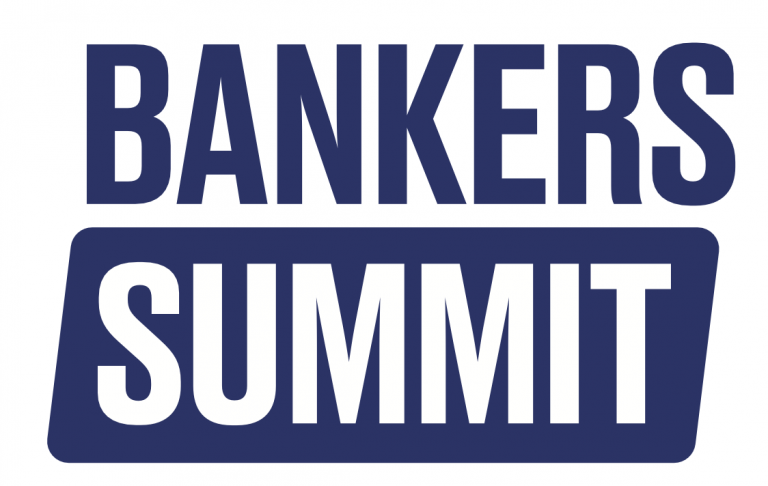Bridging Economic Gaps: Overcoming Barriers to Indigenous Lending in Canada
Indigenous Peoples represent five percent of the total Canadian population and require an increasing amount of personal and business capital. However, obstacles imposed by the Indian Act, alongside colonial systems in Canada, continue to have extensive impacts on the social, economic, and political development of Indigenous communities. The accessibility of financial services and banking solutions to Indigenous Peoples, governments, and small and medium-sized enterprises (SMEs) is greatly affected by this legacy of systemic barriers and creates numerous difficulties for Indigenous Peoples. In this article, we will provide insight into obstacles Indigenous Peoples experience in accessing capital, as well as how BMO and other financial intermediaries have responded by tailoring products and services to equitably meet the needs of Indigenous clients.
Barriers to Financial and Economic Inclusion
Member home ownership with Certificate of Possessions issued by First Nations, specified by the Indian Act, has created longstanding challenges for Indigenous Peoples, governments and communities in financing homes on reserve lands. Section 89 of the Indian Act restricts banks and other lenders from securing a charge, pledge, or mortgage on property located in a First Nation community. Given reserve lands cannot be used as collateral, obtaining financing for Indigenous housing can be very difficult.
Additionally, barriers to accessing traditional lending products and services extends to Indigenous SMEs and entrepreneurs. In Canada, Indigenous businesses can experience systemic institutional bias. Loan approval rates in the country exemplify this disparity, with only 58 percent of loans being approved for Indigenous businesses, compared to 90 percent for non-Indigenous businesses. Indigenous SMEs and entrepreneurs often rely on personal savings, given the limited access to essential capital needed to start and grow a business.
To overcome these unique barriers that hinder Indigenous Peoples’ access to capital, lenders must create banking solutions that are innovative, equitably designed, and provide greater affordability. Improving access to capital for Indigenous individuals, SMEs and communities seeking economic self-determination is critical to achieving meaningful reconciliation. Banks and financial institutions across Canada have been working for decades to provide innovative products and services, in efforts to overcome systemic barriers limiting access to affordable financing for Indigenous clients.
Innovative Solutions Providing Indigenous Parties a Seat at the Economic Table
On-Reserve Housing Loan Programs
To provide an innovative financing solution offering access to affordable housing for Indigenous clients, BMO and one other major bank in Canada have created On-Reserve Housing Loan Programs outside of a Ministerial Loan Guarantee. These programs provide Indigenous Peoples with the opportunity to own their own home through access to loans, without the need for Federal Government assistance. BMO is proud to have provided $237 million in authorized loans for housing in 111 Indigenous communities through its On-Reserve Housing Loan Program, helping Indigenous clients overcome the legislative barriers that undermine access to affordable mortgages.
Indigenous Community Infrastructure Initiative
In March 2021, the Canada Infrastructure Bank (CIB) set a target to invest at least $1 billion in revenue-generating Indigenous infrastructure projects across five priority sectors of clean power, green infrastructure, public transit, broadband, and trade and transportation. Through the Indigenous Community Infrastructure Initiative, CIB is lending to new infrastructure projects that are vital to economic growth and environmental protection with Indigenous communities across Canada. The initiative is a collaborative financing solution that offers low-cost and long-term loans to Indigenous infrastructure projects and combines public funding and/or private and institutional investment to build more infrastructure in Indigenous communities where infrastructure gaps exist.
Indigenous Growth Fund
The Indigenous Growth Fund (IGF), launched in 2021, is an $150 million Indigenous social impact fund under the management of the National Aboriginal Capital Corporations Association (NACCA). Indigenous entrepreneurs and SMEs can access the fund through business loans from a network of Aboriginal Financial Institutions (AFIs) throughout Canada. Capital from the Indigenous Growth Fund ensures that AFIs can continue to support Indigenous businesses in their communities, work they have been undertaking for decades to support Indigenous communities by creating opportunities from within. The IGF enables access to the essential capital required to start or expand Indigenous businesses, and its innovative evergreen fund model offers institutional and social impact investors a vehicle for investment that directly contributes to economic reconciliation.
BMO for Indigenous Entrepreneurs lending program
In October 2023, BMO announced the launch of the BMO for Indigenous Entrepreneurs lending program, providing Indigenous business owners with greater access to working capital, educational resources, and professional partnerships to start up, scale up, and accelerate their businesses. Through the program, Indigenous business owners and entrepreneurs on and off reserve can receive loans of up to $150,000 for capital investments such as equipment, property and leasehold improvements, working capital – including inventory, payroll, and lease payments – and short-term receivable financing. The program was created to support the potential of Indigenous entrepreneurs, foster economic empowerment through eliminating barriers to capital, and drive progress towards a more inclusive society, a thriving economy and a sustainable future. Learn more about BMO’s partnerships with, and commitment to, Indigenous communities in its annual Indigenous Partnerships and Progress report, wîcihitowin.
Despite the development of ground-breaking, first of their kind financial products and services, gaps persist in the lending industry for economic inclusion and equitable access to banking solutions for Indigenous Peoples. Collaboration between Indigenous communities, financial institutions, governments and other key stakeholders is vital to continue to advance creative solutions and dismantle systemic barriers on the path toward economic reconciliation. Supporting the socio-economic advancement of Indigenous communities is core to the Truth and Reconciliation Commission of Canada’s Calls to Action, and BMO is dedicated to continuing to find ways to foster growth and prosperity for Indigenous clients, including leading financial literacy workshops. As BMO continues its journey and makes progress towards reconciliation, we encourage the lending community to think outside the box in developing equitable services for Indigenous clients, reaching out to industry stakeholders to form mutually beneficial partnerships, and prioritizing the development of Indigenous lending solutions. When true reconciliation is sought, Indigenous communities, governments and SMEs are empowered with access to capital resources and adequate support to thrive and flourish.
Join the conversation in-person and be apart of the ongoing innovation in lending:
On May 15th, 2024, discover how next-gen FIs are partnering with fintech to accelerate innovation. Join over 500 banks, credit unions and fintechs in our networking hall building partnerships. The expert panels will take a deep dive into Core Modernization, BaaS, Embedded, Sustainable Finance and much more.



